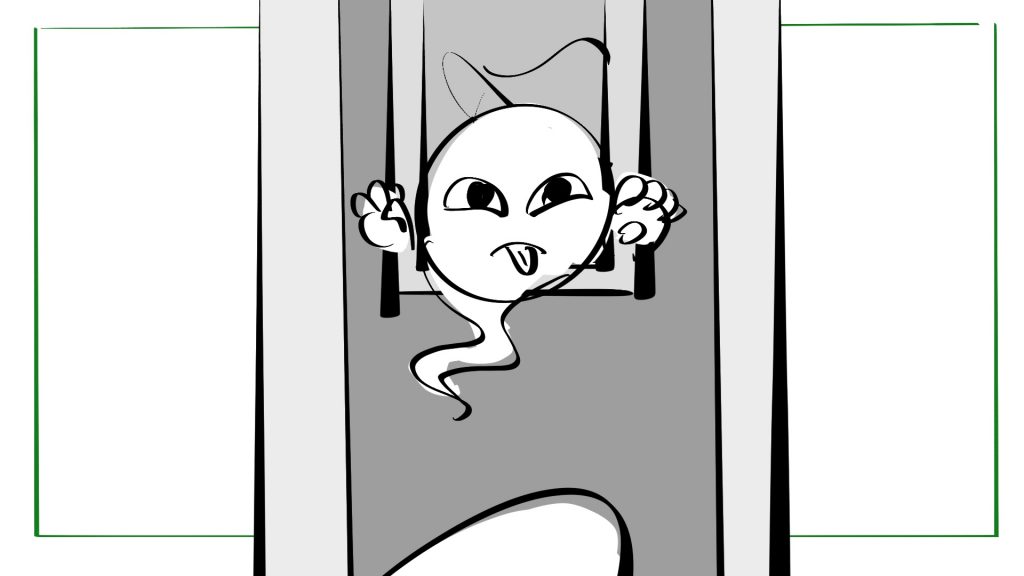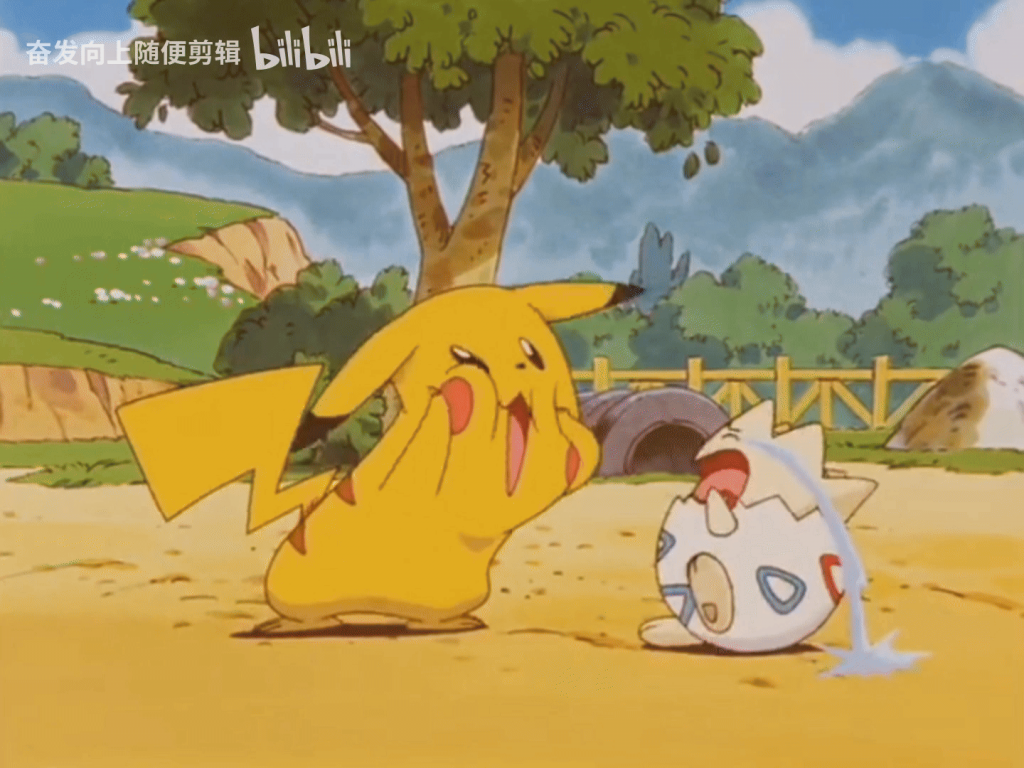When I was a first-year student, I did not know how to use the references to create my animation smartly. I copied the whole references completely to make animation, and then I got the feedback from the teacher, they recommended me I needed to learn how to use these references correctly.
As an animator, there are lots of skills you need to learn, such as observing the details of the lip sync, the basic principles of animation, and even the dynamics of plants and animals. Animators have to spend lots of effort and time to make the character move smoothly and have brilliant performances. We did not have enough time to observe anything from real life, so reference videos are an essential tool in character animation. An animator not only can search for excellent works as references, but also can record videos themselves. So I will describe how I use both ways to create animation in the graduation project.
This term, I am working in a team. In order to make the animation more fluid and interesting, I found lots of references on the Internet, and I extracted and developed lots of different artists’ ideas and skills. My team also recorded the video ourselves because some shots were hard to find references, and we think recording the video ourselves can help us better understand what the characters do in these shots.
This journal will include my workflow from the initial preparation to the final tie-down animation. And I will summarise the lessons I learned in this project, and the helpful experience I can use in the future.
In the initial step, the director provides this storyboard for me, and we can see the ghost is making faces. The director only required the ghost to stick out its tongue, and told me I can design freely how I want this ghost to move when it comes from the poster.

This is my first rough animation, I tried to make the ghost circle around in front of the audience and show its face. I had not finished the making faces part because I faced troubles. I did not know how to make the character more intriguing and have more ways to show its face.
Therefore, I decided to search the references on the internet to develop my animation. I found this interesting performance from this character called Pikachu, it stretched and squeezed its face when it was making faces. So I decided to extract this performance and merge it into my original animation.



This tie-down animation is the final version after I explored and merged the references. I did not copy the whole facial expression of Pikachu, I tried to observe and research frame by frame why the animator drew this shape in this frame and the change in the next frame.
Overall, learning animation skills from another animator is a pretty fast way to improve your animation quality in a short time. But we need to use these references carefully, we cannot use them directly in your animation because it will look strange and not really fit your character. We need to attempt to analyse what the skills animators use in these shots, and try to adopt and explore more in your character.
Due to the word limitation, I will report the video recording in the next post.